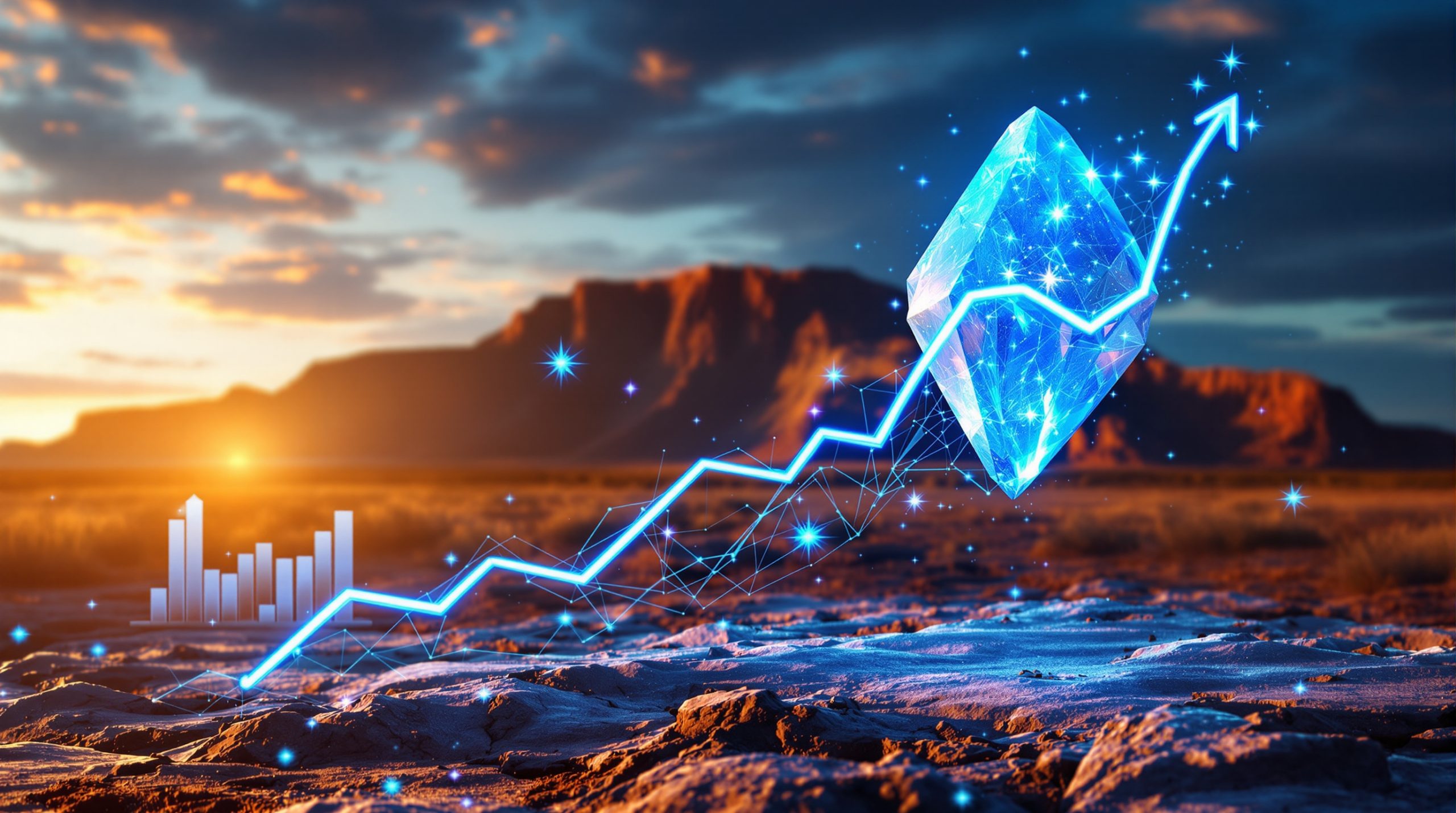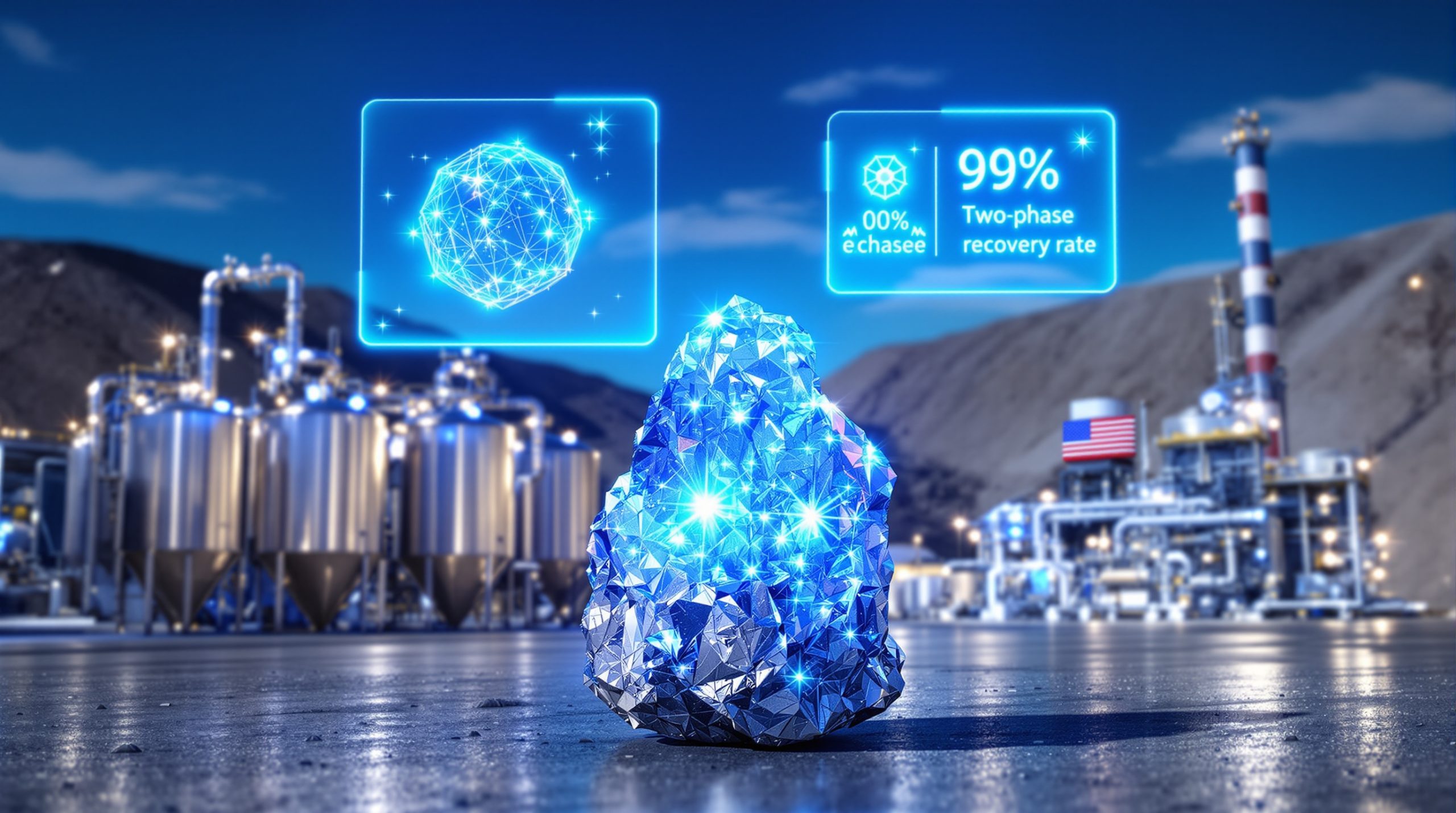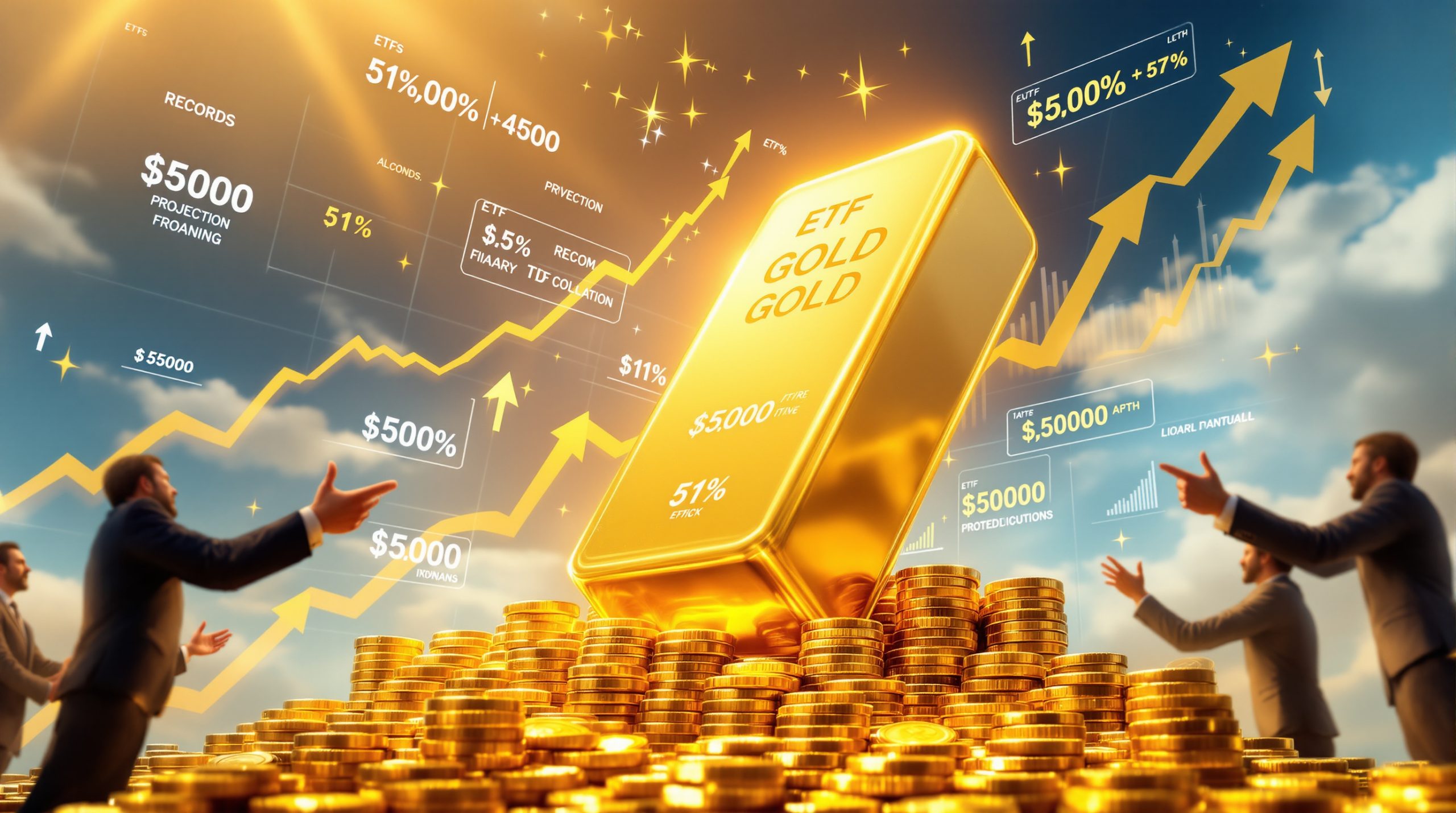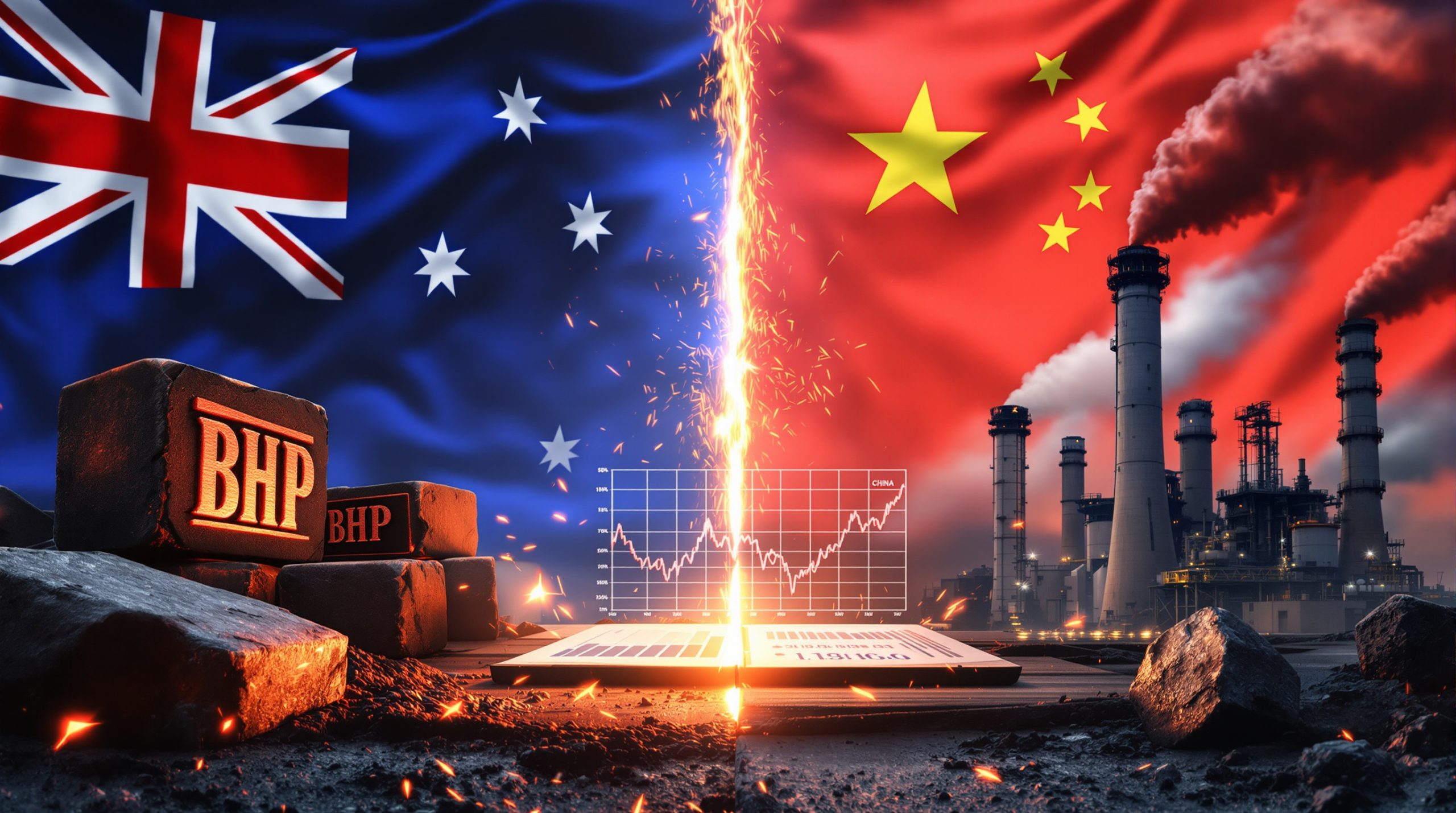Understanding the Coltan Trade Controversy
Coltan, a critical mineral used in electronics manufacturing, has become the center of a major international controversy involving Rwanda, the Democratic Republic of Congo (DRC), and armed rebel groups. This metallic ore yields tantalum—a heat-resistant metal essential for smartphones, computers, and various electronic devices. The region's complex mineral trade has drawn international scrutiny due to allegations of smuggling, conflict financing, and human rights abuses.
The mineral's importance to modern technology cannot be overstated. Tantalum capacitors are crucial components in everything from mobile phones to medical implants due to their exceptional ability to store electrical charge while withstanding high temperatures. This unique combination of properties has made coltan one of the world's most strategically important minerals—and unfortunately, one of the most contested in Central Africa.
"The illegal mining in M23-controlled areas and subsequent smuggling to Rwanda have reached unprecedented levels, creating one of the most significant mineral supply chain contaminations in recent history."
— UN Experts Group report
How Rwanda Became a Major Coltan Exporter Despite Limited Production
Rwanda has positioned itself as a significant global coltan exporter despite having limited domestic production capacity. In 2024, Rwanda exported approximately 2,300 metric tons of coltan, with mining experts consistently questioning the country's ability to produce such quantities domestically. This stark discrepancy between Rwanda's exports and its actual production capabilities raises serious concerns about the true origin of these minerals.
Rwanda's Official Coltan Production Statistics
- Rwanda's central bank suspended publication of export figures in May 2024
- Customs records show Rwanda exported at least 2,300 tons of coltan in 2024
- Mining experts consistently report Rwanda's domestic production capacity is significantly lower than its export volumes
- Geological assessments indicate Rwanda has limited coltan deposits compared to neighboring DRC
According to Bill Millman, a UK-based mineral consultant interviewed by Reuters, "It's totally implausible that Rwanda can generate that level of output from domestic sources." Mining industry experts have consistently pointed out that Rwanda's geological formations simply cannot support the production volumes the country claims.
The Production-Export Discrepancy
Rwanda's small land area and limited mineral deposits contrast sharply with the DRC, which possesses some of the world's richest coltan reserves. Historical mining industry evolution surveys dating back to colonial times show that Rwanda's coltan deposits are modest at best, yet the country has somehow become a major Rwandan coltan exporter on the global stage.
Independent geological assessments estimate Rwanda's legitimate production capacity at approximately 10-15% of its current export volumes. This geological reality makes the source of the remaining 85-90% of Rwanda's coltan exports highly suspicious to international observers.
How Does Coltan Smuggling from Congo to Rwanda Work?
The M23 Rebel Group's Role in Mineral Trafficking
The M23 rebel group, which has seized control of key mining areas in eastern DRC, has established a parallel administration controlling mining activities, trade, transport, and taxation. Their territorial gains, particularly in the Rubaya mining area (which produces 15% of the world's coltan), have created a systematic smuggling operation that benefits both the rebels and external actors.
M23's Mineral Control System
- Imposes a 15% tax on mineral traders purchasing coltan from informal miners
- Established checkpoints at key transportation routes
- Controls two key border crossings into Rwanda (Bukavu and Congo)
- Facilitates nighttime transportation of minerals to avoid detection
- Reportedly collects approximately $800,000 monthly from taxes on coltan mining
This organized extraction system has transformed what was once opportunistic smuggling into an industrial-scale operation. The rebel group maintains detailed ledgers of production and taxation, effectively functioning as a shadow mining authority in occupied territories.
Cross-Border Smuggling Operations
The UN report documents how smuggled Congolese minerals move across borders through sophisticated networks that obscure their origin. In late March 2024 alone, approximately 195 tons of minerals were smuggled across the border into Rwanda. Once in Rwanda, these minerals are mixed with legitimate Rwandan production, making it virtually impossible to trace their origin.
Smuggling Techniques and Routes
- Nighttime transportation to avoid detection
- Use of established border crossings now under M23 control
- Mixing of Congolese and Rwandan minerals to obscure origin
- Integration into legitimate supply chains through Rwandan exporters
- Falsification of origin documentation
The technical process of "mineral washing" involves physical mixing of ores from different sources and falsifying chain-of-custody documentation. This practice allows smuggled Congolese minerals to acquire Rwandan certificates of origin, effectively laundering them into the legitimate global supply chain.
Who Benefits from the Illegal Coltan Trade?
The Case of Boss Mining Solution
According to the UN report, Boss Mining Solution, a Rwandan company, has been identified as purchasing minerals smuggled from rebel-held areas in Congo. This marks the first time the UN has specifically named a company allegedly complicit in trafficking minerals looted from Congo since M23 seized the Rubaya mining area.
Boss Mining's Operations and Ownership Structure
- Exported at least 150 metric tons of coltan worth $6.6 million in 2024
- Represented 6.5% of Rwanda's total coltan exports, making it the country's sixth-largest exporter
- One-third owned by Eddy Habimana, a Rwandan businessman previously identified by UN investigators as a minerals smuggler
- Two-thirds owned by Russian-born mining executives with British citizenship (Yuriy Tolmatchev and Alexander Konovalchik)
- Does not mine its own coltan but purchases from other companies, including Speck Minerals (also linked to Habimana)
The company's business model is particularly concerning to international observers. While legitimate mining operations typically maintain their own extraction sites, Boss Mining operates purely as a trading company, purchasing minerals from various suppliers—including those with documented connections to smuggling networks.
The International Supply Chain Connection
The complex ownership structure of Boss Mining extends to international companies that purchase its minerals. This creates a supply chain that ultimately connects conflict minerals to global technology manufacturers.
The International Network
- Boss Mining sells coltan to Novacore FZE, a UAE-based company
- Novacore is 100% owned by Metarex Ltd, a Cyprus company
- Both Novacore and Metarex are managed by the same Russian-born executives who own Boss Mining
- This structure potentially obscures the origin of minerals as they enter global supply chains
- The minerals eventually reach smelters supplying global technology manufacturers
This deliberately complex corporate structure creates multiple jurisdictional hurdles for investigators. The involvement of entities in Rwanda, the UAE, and Cyprus—each with different regulatory environments—makes it exceptionally difficult to maintain transparency throughout the supply chain.
What is the Humanitarian Impact of the Coltan Conflict?
Displacement and Human Suffering
The M23's advance in eastern Congo has reignited a decades-old conflict with roots in Rwanda's 1994 genocide. This ongoing crisis has resulted in massive displacement and human suffering throughout the region.
Humanitarian Crisis Metrics
- Millions of people displaced by ongoing conflict
- Documented human rights abuses against civilian populations
- Destruction of communities and livelihoods
- Disruption of legitimate economic activities
- Destabilization of regional security
Humanitarian organizations report that civilians in mining regions face multiple threats, including forced labor, sexual violence, and arbitrary taxation by armed groups. Many displaced persons live in temporary camps with inadequate access to food, clean water, and medical care.
Environmental and Social Consequences of Unregulated Mining
Beyond the direct conflict, unregulated mining operations have severe environmental mining concerns and social impacts on local communities.
Environmental and Social Impacts
- Deforestation and habitat destruction
- Water pollution from mining operations
- Hazardous working conditions for informal miners
- Child labor in mining operations
- Loss of agricultural land and food security
- Health impacts on mining communities
Artisanal mining operations frequently use rudimentary extraction methods that involve clear-cutting forests, diverting waterways, and using toxic chemicals without proper containment. These practices contaminate water sources with heavy metals and sediment, affecting communities downstream from mining operations.
"The environmental damage from unregulated mining operations will persist long after the political conflict is resolved, creating generational health impacts for local communities."
— Environmental assessment in UN documentation
How Have International Authorities Responded to the Crisis?
UN Investigations and Reports
The United Nations has conducted extensive investigations into mineral smuggling operations in the region, documenting the connections between armed groups, mineral trafficking, and international businesses.
Key UN Findings
- M23 rebels have established unprecedented levels of mineral smuggling
- Rwanda has become "the sole transit market" for minerals from rebel-held areas
- The smuggling operation represents "the most important contamination of supply chains" to date
- At least 1,000 Rwandan troops were present in Congo as of April 2024
- The conflict minerals trade directly finances armed conflict in the region
These findings have significant implications for global supply chain due diligence. Under regulations like the EU Conflict Minerals Regulation and the US Dodd-Frank Act Section 1502, companies must verify their mineral supplies are not funding armed conflict—a requirement becoming increasingly difficult to meet given the sophisticated laundering of conflict minerals.
Diplomatic Efforts and Peace Agreements
Recent diplomatic initiatives have attempted to address the conflict, though challenges remain in implementation and enforcement.
Recent Peace Initiatives
- Rwanda and Congo signed a U.S.-brokered peace agreement in July 2024
- The agreement aims to arrange for the withdrawal of Rwandan troops from Congo
- M23 is not included in this agreement but is part of a separate Qatar-led mediation
- Success of these parallel talks is considered essential for lasting peace
- Previous peace agreements have failed to end the conflict permanently
Rwanda's government spokesperson, Yolande Makolo, has stated that UN reports "misrepresent Rwanda's longstanding security concerns" about Hutu rebel groups that have attacked ethnic Tutsis in both Rwanda and Congo. The government has consistently denied involvement in mineral smuggling or backing M23.
What Measures Could Address the Coltan Smuggling Crisis?
Supply Chain Due Diligence and Transparency
Improving transparency and accountability in mineral supply chains could help reduce the flow of conflict minerals into global markets.
Potential Supply Chain Solutions
- Enhanced traceability systems for minerals from the region
- Stricter implementation of international due diligence guidelines
- Independent third-party auditing of mineral sourcing claims
- Blockchain or other technological solutions to verify mineral origins
- Increased penalties for companies found to be purchasing conflict minerals
Several pilot programs have demonstrated promising results. For example, blockchain-based mineral tracking systems create tamper-proof records of a mineral's journey from mine to manufacturer. These systems use multiple verification points, including physical tagging of mineral bags, GPS tracking, and biometric identification of handlers.
Regional Security and Governance Reforms
Addressing the root causes of the conflict requires improvements in regional security and governance structures.
Governance and Security Recommendations
- Strengthening legitimate mining governance in the DRC
- Supporting formalization of artisanal mining operations
- Implementing robust border controls and customs enforcement
- Addressing underlying ethnic tensions and political grievances
- International support for security sector reform in the region
Mining experts note that formalizing artisanal mining operations could significantly reduce conflict. By providing legitimate pathways for small-scale miners to sell their products, governments could reduce the incentive for miners to work with armed groups or smuggling networks.
FAQ: Congo-Rwanda Coltan Smuggling Crisis
What is coltan and why is it valuable?
Coltan is a metallic ore that, when processed, produces tantalum, a heat-resistant metal essential for electronic devices including smartphones, computers, and medical equipment. Its heat resistance and electrical properties make it irreplaceable in many modern technologies. Tantalum capacitors can store large electrical charges in a small space while functioning at high temperatures, making them crucial for miniaturized electronics.
How much of the world's coltan comes from the Congo-Rwanda region?
The Rubaya mining area in eastern DRC alone produces approximately 15% of the world's coltan. The broader region contains some of the world's largest reserves of this critical minerals demand. Geological surveys estimate that the DRC holds approximately 60-80% of the world's known tantalum reserves, making it strategically vital to global technology supply chains.
Does purchasing electronics support conflict in the Congo?
Without proper supply chain due diligence, consumer electronics may contain tantalum derived from conflict minerals. However, many companies have implemented sourcing policies to avoid conflict minerals, though verification remains challenging. Consumers can research manufacturers' mineral sourcing policies and support companies that participate in certification programs like the Responsible Minerals Assurance Process.
What is the M23 rebel group?
M23 is an armed insurgent group operating in eastern DRC. Its stated aim is to overthrow the Congolese government and ensure the safety of the Congolese Tutsi minority. The group has been accused of numerous human rights abuses and is allegedly backed by Rwanda. The name "M23" refers to March 23, 2009, the date of a peace agreement that the group claims the government failed to honor.
Has Rwanda officially responded to allegations of mineral smuggling?
Rwanda's government spokesperson, Yolande Makolo, has stated that UN reports "misrepresent Rwanda's longstanding security concerns" about Hutu rebel groups that have attacked ethnic Tutsis in both Rwanda and Congo. The government has consistently denied involvement in mineral smuggling or backing M23, despite substantial evidence presented by UN investigators.
Minerals Traceability: Current Efforts and Challenges
Certification Schemes and Their Limitations
Several mineral traceability schemes have been implemented in the region, including the ITSCI (International Tin Supply Chain Initiative) and CTC (Certified Trading Chains). These programs aim to certify that minerals are conflict-free, but their effectiveness has been limited by corruption, falsification of documents, and the practical challenges of monitoring remote mining sites.
The Role of Technology in Mineral Traceability
Emerging technologies offer potential solutions to the traceability challenge. DNA tagging of mineral batches, isotope testing to determine geological origin, and blockchain-based chain-of-custody systems are being piloted. However, these approaches face implementation challenges in conflict zones where infrastructure is limited and security concerns restrict access.
Corporate Responsibility and Consumer Awareness
Major technology companies face increasing pressure to ensure their supply chains are free from conflict minerals. Apple, Intel, and others have implemented supplier auditing programs, but the complexity of mineral processing makes it difficult to guarantee complete supply chain integrity. Consumer awareness campaigns have helped create market pressure for conflict-free sourcing, though significant challenges remain.
"The most effective long-term solution combines technological traceability measures with political reform and security sector improvements in the region."
— Mineral supply chain expert quoted in UN documentation
Legal Frameworks and Enforcement Challenges
International and National Regulations
Several legal frameworks address conflict minerals, including the US Dodd-Frank Act Section 1502 and the EU Conflict Minerals Regulation. These regulations require companies to conduct due diligence on their supply chains and report on the presence of conflict minerals. However, enforcement mechanisms remain weak, and companies often struggle to verify information provided by suppliers.
The complexity of mineral processing further complicates compliance. Once minerals reach smelters, materials from different sources are combined, making it virtually impossible to trace the origin of specific minerals in finished products. This technical reality creates significant challenges for even well-intentioned companies seeking to eliminate conflict minerals from their supply chains.
As international pressure increases and technology improves, there is hope that the flow of conflict minerals can be reduced. However, lasting solutions will require addressing not just the mineral trade itself, but the underlying political, ethnic, and economic factors that drive conflict in the region. Furthermore, the development of mine reclamation innovation and mineral beneficiation insights will be crucial for establishing sustainable mining practices in the region once stability is achieved.
Ready to Stay Ahead of Major Mineral Discoveries?
Discover significant ASX mineral discoveries before the market with Discovery Alert's proprietary Discovery IQ model, transforming complex data into actionable investment insights. Explore why major discoveries like those mentioned in this article can lead to substantial returns by visiting Discovery Alert's dedicated discoveries page and begin your 30-day free trial today.




